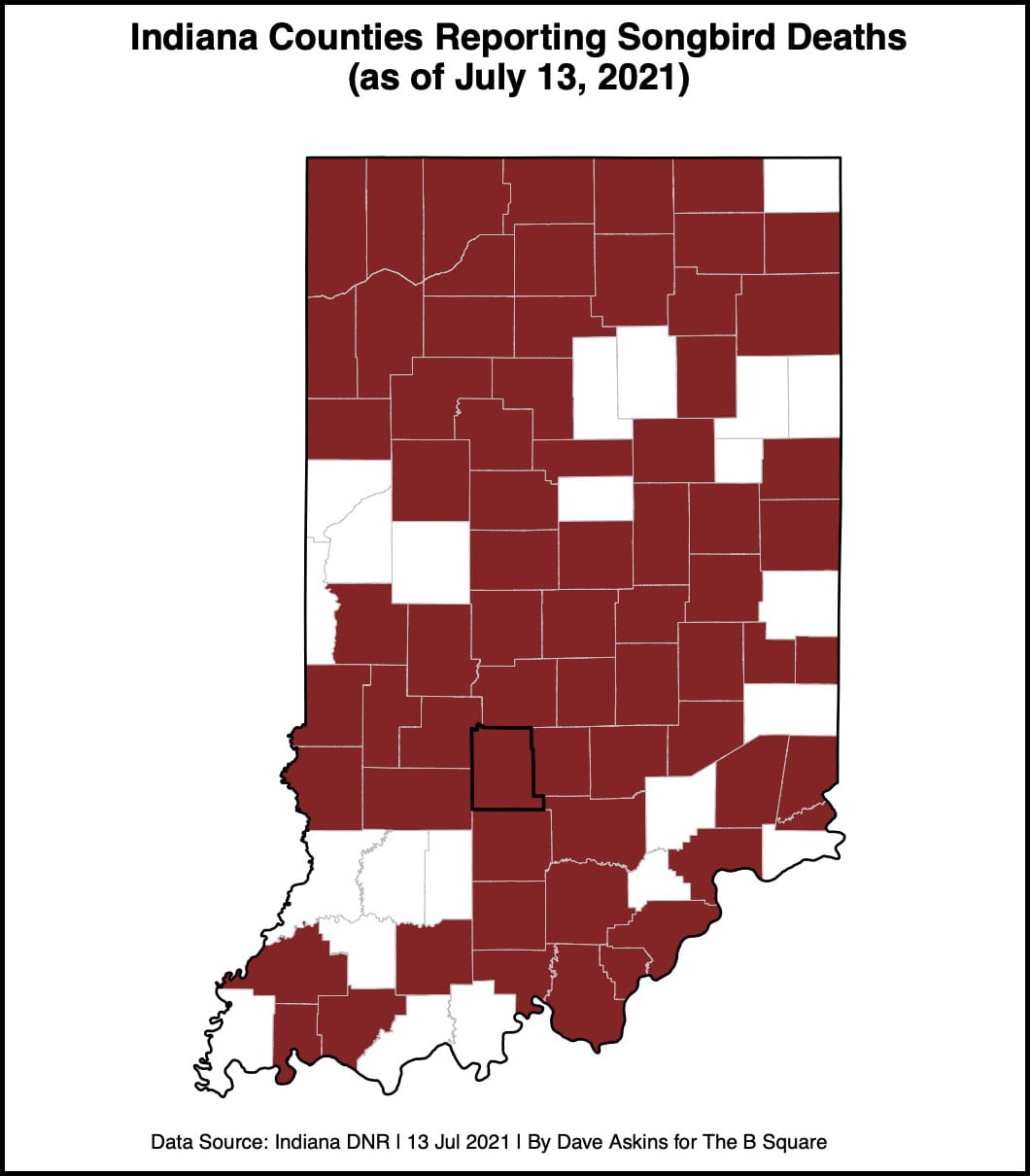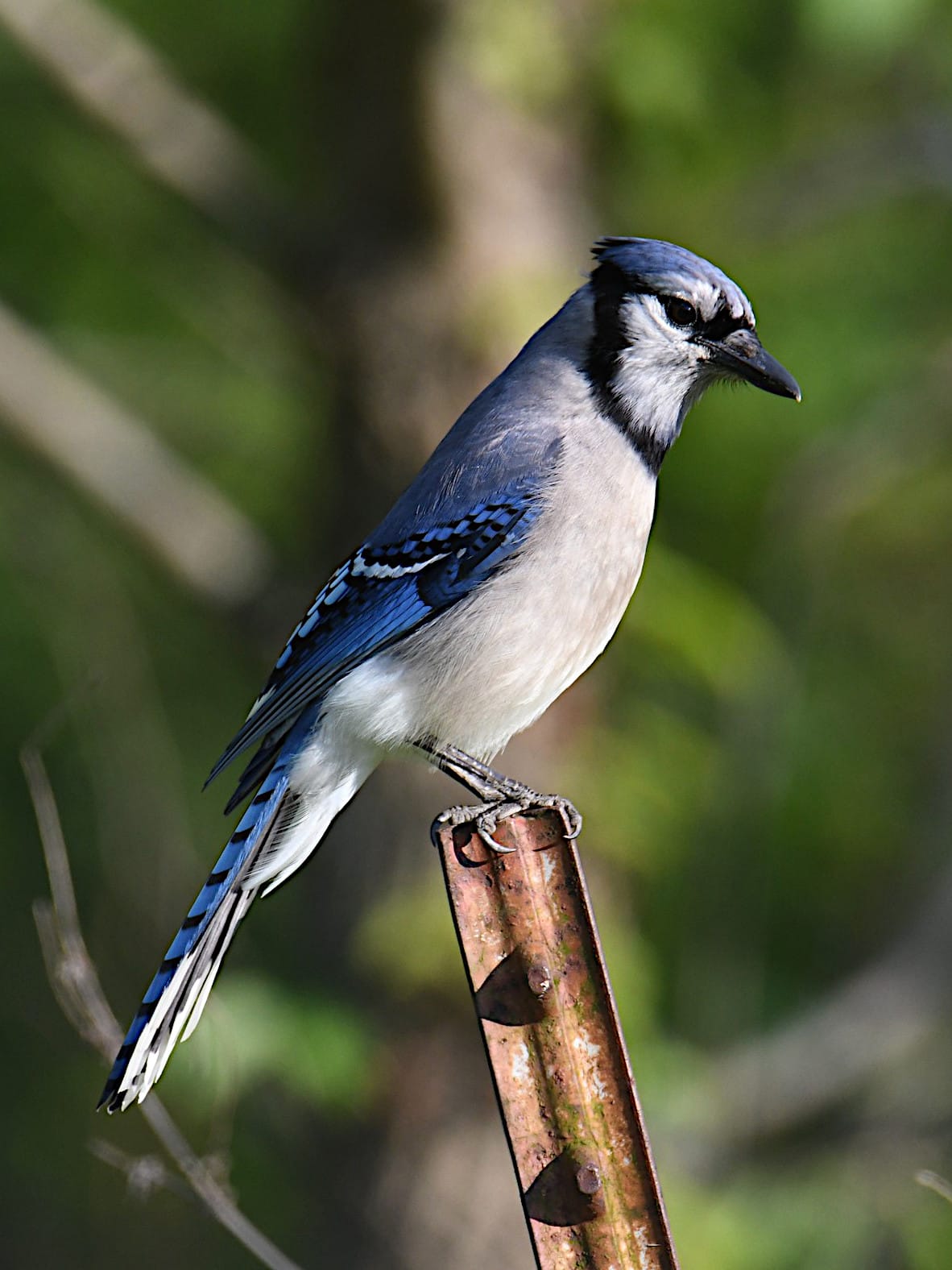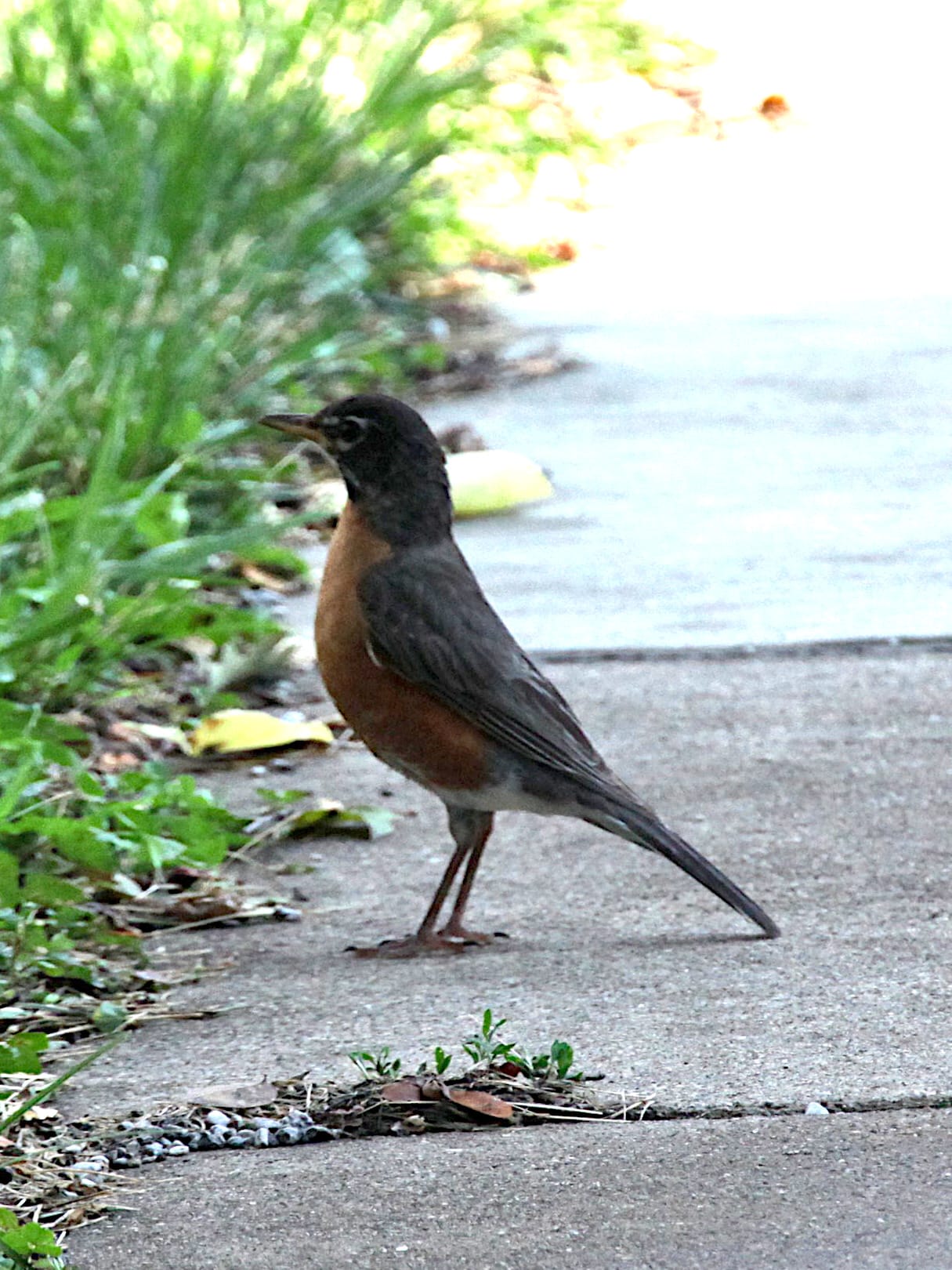No conclusions yet on songbird deaths as Indiana adds to number of species and counties affected




In the two weeks since Indiana’s state ornithologist Allisyn Gillet held a conference on the topic, the Department of Natural Resources has not yet determined what is causing the deaths of several species of birds in this and other states.
Reports of sick and dying birds with eye swelling and crusty discharge, as well as neurological signs, have come from Washington D.C., Maryland, Virginia, West Virginia, Kentucky, Delaware, New Jersey, Pennsylvania, Ohio, according to the US Geological survey.
An update was made on Tuesday to the Indiana DNR’s web page that has been set up to provide information about the songbird deaths.
The updates included additional species of birds that have been documented as sick or dying in Indiana. Added to American robin, blue jay, brown-headed cowbird, common grackle, northern cardinal, are European starling, sparrow, house finch, red-headed woodpecker, and wren.
Tuesday’s update increased the number of Indiana counties reporting songbird deaths from 53 to 69. That leaves just 23 counties in Indiana that have not reported some songbird deaths as a part of the pattern.
Samples for testing have been submitted to the Indiana Animal Disease Diagnostic Laboratory. Final lab results are pending.
According to the Indiana DNR, all the samples have so far tested negative for avian influenza, West Nile virus, and other flaviviruses, Salmonella and Chlamydia (bacterial pathogens), Newcastle disease virus and other paramyxoviruses, herpesviruses and poxviruses, and Trichomonas parasites.
At the July 2 press conference, Gillet estimated that the number of bird deaths due to the phenomenon is in the hundreds, maybe up to 1,000. That was based on 285 confirmed dead birds up to that point, factoring in other birds that have submitted to wildlife rehabilitators, and affected birds that were eliminated by predators or scavengers.
Asked at the July 2 press conference about the potential impact on commercial poultry , Gillet said she has not yet seen any connections between poultry and the songbird disease. She advised that if people see poultry that are exhibiting the symptoms, to consult the board of animal health.
The advice to bird lovers on the DNR’s webpage continues to be: Take down bird feeders and birdbaths to help discourage birds from gathering and possibly contributing to the spread of the phenomenon.
The Indiana DNR’s webpage on songbird deaths has an option for readers to sign up to receive notifications about updates to information on the page.




Comments ()